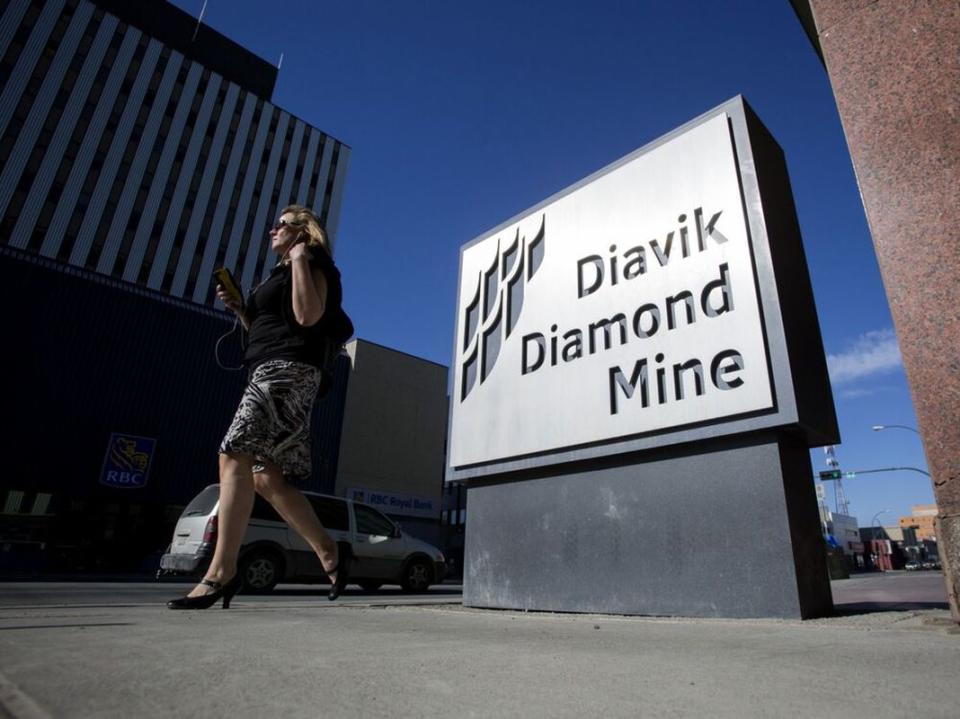Rio Tinto to build largest solar power plant in Canada's North

Mining giant Rio Tinto Ltd. will build a solar power plant it says will be the largest in Canada’s northern territories, a region that primarily depends upon fossil fuels to power its mines and resource projects.
The plant will become operational early next year and power up to 25 per cent of the closure period at Rio’s Diavik diamond mine, situated about 200 kilometres south of the Arctic Circle.
Comprising 6,600 solar panels, the plant will generate about 4,200 megawatt-hours of carbon-free electricity annually to power the Diavik mine, Rio said in a statement on Aug. 10, and will cut diesel consumption at the site by one million litres per year, which the miner says is comparable to eliminating the emissions of 630 cars.
Angela Bigg, president of Rio’s Diavik mine, described the move as a “significantly big deal” for Rio. She said the move is part of Rio’s commitment to decarbonizing its mines.
The facility will be equipped with bifacial panels that will generate energy from both direct sunlight and light that reflects off the snow covering Diavik for most of the year, the miner said.
With an annual estimate of 3.5 to 4.5 million carats, the Diavik mine is Canada’s largest diamond producer. Commercial production at the mine is expected to end in early 2026 with closure set to run until 2029.
Rio said it is working with the government of the Northwest Territories to determine how the plant can support the region after the mine’s closure.
“There is a huge number of options that we can work with,” Bigg said. “Whether there are opportunities for some or all of (the solar panels) to be redeployed to other communities or commercial operations in the North … once we have got one or two years of operations under our belts, we can say with confidence what the potential upside would be.”
Due to the remote location and lack of all-weather roads, the majority of mining operations in the region outside of town perimeters have to provide their own electricity and mostly depend upon diesel, Bigg said.
The Northwest Territories government will be supporting the project with $3.3 million in funding, while the federal government will provide $600,000.
Caroline Wawzonek, the Northwest Territories’ finance minister, welcomed the building of the plant and said the “collaboration exemplifies our commitment to facilitating sustainable development while reducing greenhouse gas emissions in the Northwest Territories.”
The move comes two months after Rio inked a memorandum of understanding with the federal government to look for ways in which the miner can contribute to Canada’s low-carbon battery industry in the next decade.
The miner also signed agreements with two Canadian lithium junior miners this year, a sign that Rio is quietly exploring projects containing the metal expected to play a key role in powering the energy transition, which it is yet to start producing.
• Email: nkarim@postmedia.com | Twitter: naimonthefield

 Yahoo Finance
Yahoo Finance 